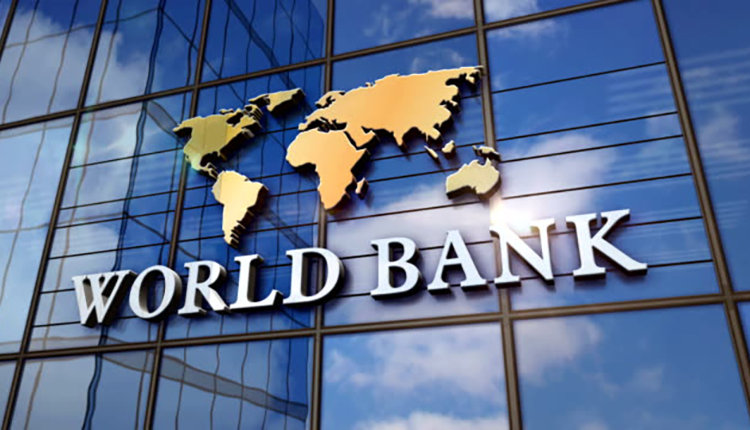The World Bank projects a 3 per cent decline in commodity prices for 2024 and an additional 4 per cent drop in 2025, though they are expected to remain 38 per cent above 2015-19 averages, according to their outlook report for April.
Energy prices are set to decrease by 3 per cent in 2024 and another 4 per cent in 2025, driven by significant declines in coal and natural gas, while oil prices are anticipated to rise to $84/bbl in 2024 due to geopolitical tensions and supply-demand balance, then trend lower to $79/bbl in 2025 as supply conditions improve.
Oil production is forecasted to increase by 0.8 mb/d in 2024, mainly from the US, while OPEC+ production is expected to decrease. Moreover, consumption is projected to rise by 1.2 mb/d in 2024, primarily in emerging markets.
In 2025, oil demand growth is expected to slow, leading to higher production and inventories.
European natural gas prices are expected to fall by 28 per cent in 2024 before rebounding slightly in 2025, while US natural gas prices will decline in 2024 but will rise sharply in 2025 due to increased exports. Coal prices are forecasted to decrease significantly in 2024-25.
The report also indicted that non-energy commodity prices are predicted to decrease by 2 per cent in 2024 and an additional 3 per cent in 2025.
Agricultural prices will soften due to increased supplies and moderating El Niño conditions, leading to declines in food commodity prices by 6 per cent in 2024 and 4 per cent in 2025. While, Agricultural raw material prices are forecasted to remain stable, while fertilizer prices will likely continue to decline.
Beverage prices, driven by supply constraints on Robusta coffee and cocoa, are expected to retreat in 2025.
The report also indicates key risks include further conflict escalation, particularly in the Middle East, which could impact energy markets and drive up prices for natural gas, food, and fertilisers.
Moreover, geopolitical tensions, including Russia’s invasion of Ukraine, could also affect staple food supplies.



